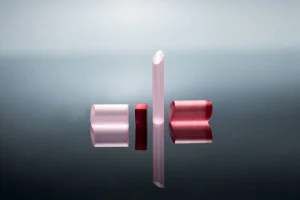Introduction
In the realm of laser crystal materials, two names often rise to the fore: Neodymium-doped Yttrium Aluminum Garnet (Nd:YAG) and Neodymium-doped Yttrium Orthovanadate (Nd:YVO4). Both widely recognized for their unique properties, these materials form the cornerstone of various laser applications. However, they each present specific advantages, limitations, and optimal application environments that distinguish them from each other. This article elucidates a comprehensive comparison, shedding light on the nuanced world of laser crystal materials.
Understanding Laser Crystal Materials: Nd:YAG and Nd:YVO4
The Nd:YAG Laser Crystal
Nd:YAG, as a leading player in the laser industry, has been serving a diverse range of applications for decades. Its enduring popularity can be attributed to its exceptional thermal and chemical stability. The Nd:YAG crystal operates effectively across a wide range of temperatures, displaying high efficiency and longevity.
The Nd:YVO4 Laser Crystal
Although less established than Nd:YAG, Nd:YVO4 has emerged as a formidable alternative. Offering high absorption and emission cross-sections, Nd:YVO4 excels in small-scale, high-power applications where compactness and power density are key.
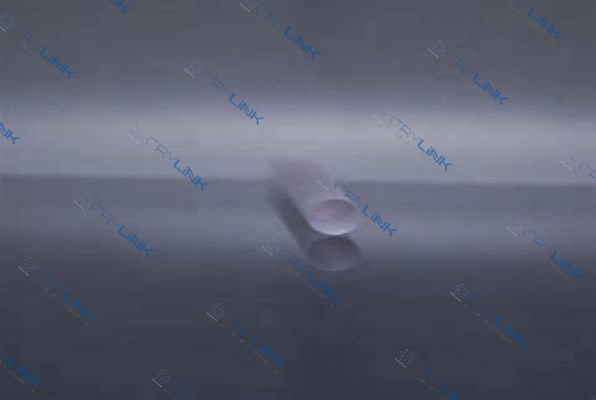
Strengths and Limitations of Nd:YAG
Strengths
1. High Thermal Conductivity: Nd:YAG is renowned for its exceptional thermal conductivity, allowing for stable performance under high-power and high-temperature conditions.
2. High Damage Threshold: Nd:YAG possesses a high damage threshold, permitting it to handle high-intensity light without deteriorating, which results in longer service life.
3. Wide Temperature Range: This crystal operates effectively across a broad range of temperatures, which makes it a versatile choice for numerous applications.
Limitations
1. Lower Efficiency: Due to its lower absorption and emission cross-sections compared to Nd:YVO4, Nd:YAG often requires more pump power to achieve the same output power, making it less efficient.
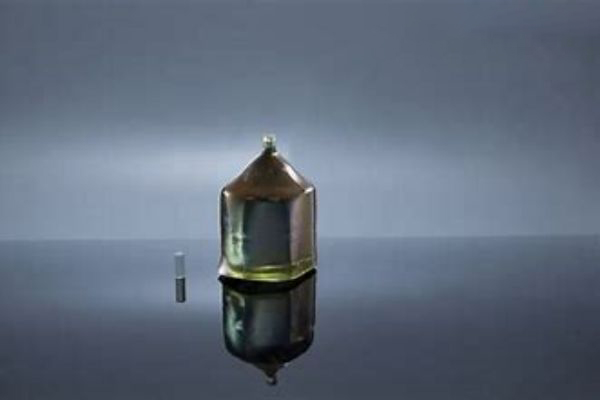
Strengths and Limitations of Nd:YVO4
Strengths
1. High Absorption and Emission Cross-sections: Nd:YVO4 is known for its high absorption and emission cross-sections, allowing it to produce high output power with less pump power, making it highly efficient.
2. High Gain and Efficiency: Nd:YVO4 shines in applications requiring high power density and efficiency due to its large absorption and emission cross-sections.
Limitations
1. Lower Thermal Conductivity: Nd:YVO4’s major disadvantage is its inferior thermal conductivity compared to Nd:YAG. This means it can be less stable under high temperature or high power operations, potentially limiting its use in certain applications.
By understanding these strengths and limitations, users can make an informed decision when choosing between Nd:YAG and Nd:YVO4 for their specific applications.
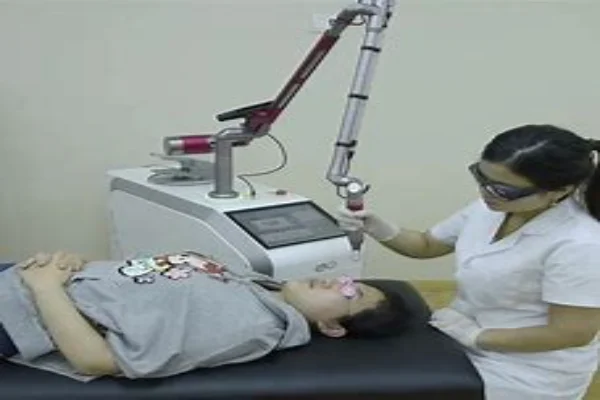
Performance of Nd:YAG
Nd:YAG is widely recognized for its performance stability under high-power and high-temperature conditions. This stability is predominantly due to its high thermal conductivity, allowing it to manage heat more effectively than many other laser crystal materials.
The crystal’s emission wavelength is primarily in the infrared region at 1064 nm, which is well-suited for transmission through air and glass, making it suitable for a plethora of applications.
Nd:YAG’s high damage threshold also contributes to its performance, enabling it to handle high-intensity light without degradation. However, its efficiency is not as high as Nd:YVO4 due to its lower absorption and emission cross-sections.
Performance of Nd:YVO4
Nd:YVO4 is renowned for its high efficiency, primarily driven by its high absorption and emission cross-sections. It can generate high output power with less pump power, making it an excellent choice for compact, high-power applications.
Like Nd:YAG, Nd:YVO4 also operates primarily in the infrared region at 1064 nm. Despite this similarity, Nd:YVO4 differs in its thermal characteristics. It possesses a lower thermal conductivity compared to Nd:YAG, which can limit its stability under high temperature or high power operations.
However, it compensates for this limitation with a significantly higher gain, allowing it to operate at a high power level in a shorter amount of time than Nd:YAG. This characteristic makes Nd:YVO4 suitable for applications demanding quick pulses and high peak powers.
In summary, the performance of these crystals is largely defined by their unique material properties. Nd:YAG provides reliable, stable performance under demanding conditions, while Nd:YVO4 excels in applications that require high efficiency and power density with less pump power.
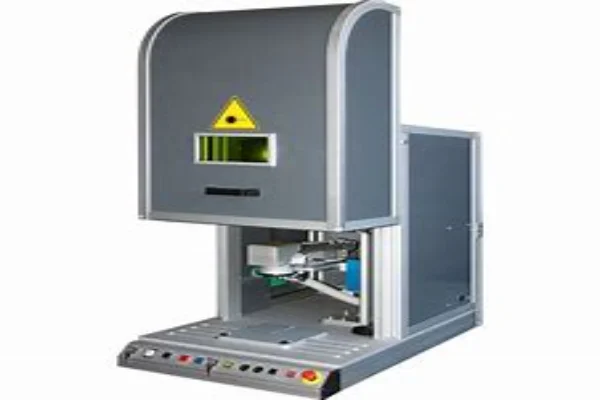
Applications of Nd:YAG and Nd:YVO4 Based on Wavelength, Thermal Conductivity, and Efficiency
Applications Based on Wavelength
Operating primarily in the infrared spectrum around 1064 nm, both Nd:YAG and Nd:YVO4 are suited for applications where efficient transmission through air and glass is crucial.
1. Medicine: Their wavelength makes these materials ideal for various medical procedures, such as laser eye surgery and dermatological treatments. The infrared light can be precisely controlled and focused, minimizing damage to surrounding tissues.
2. Manufacturing: In the manufacturing industry, Nd:YAG and Nd:YVO4 are commonly used in laser cutting, welding, and engraving applications, where the ability to focus the laser on a small area is crucial.
3. Research: In scientific research, these laser crystals are used in spectroscopy and other experimental techniques due to their stable and reliable output wavelength.
Applications Based on Thermal Conductivity
The thermal conductivity of these laser crystals influences their applicability in different scenarios.
1. High-Power Applications: Nd:YAG, with its superior thermal conductivity, is often utilized in high-power applications such as industrial cutting and welding, where stability under high power and temperature is crucial.
2. Compact Systems: Nd:YVO4, although having lower thermal conductivity, is typically used in compact, high-efficiency systems due to its high gain. Its use is widespread in low-power, portable devices such as handheld laser markers and engravers.
Applications Based on Efficiency
The efficiency of these crystals also dictates their suitable applications.
1. Energy-Efficient Systems: Nd:YVO4, due to its higher efficiency, is the crystal of choice for energy-efficient systems. It can achieve high power levels with less pump power, which makes it an excellent choice for applications like laser marking and precision micro-machining.
2. High-Power, Long-Operation Systems: While Nd:YAG may require more pump power to achieve the same output power as Nd:YVO4, its robustness and higher thermal conductivity make it better suited for high-power systems requiring long operational hours.
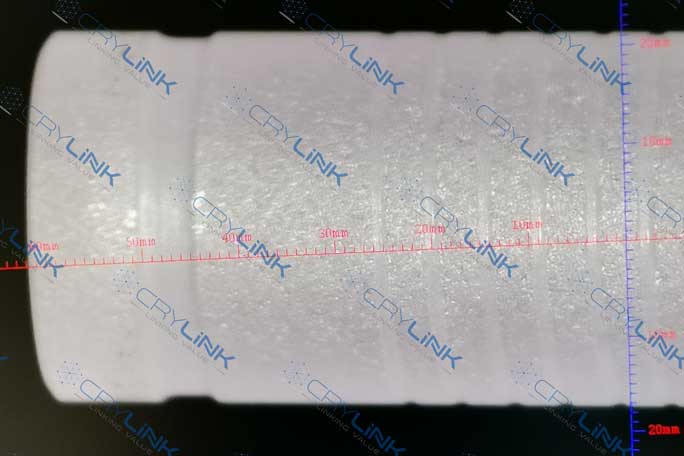
Performance Differences and Consideration Factors between Nd:YAG and Nd:YVO4
Performance Differences
1. Efficiency: Nd: YVO4 stands out for its high efficiency due to its large absorption and emission cross-sections. It can produce high output power with less pump power. In contrast, Nd:YAG, with smaller absorption and emission cross-sections, typically requires more pump power to achieve the same output.
2. Thermal Conductivity: Nd:YAG’s superior thermal conductivity ensures stability under high power and high temperature, making it ideal for demanding applications. On the other hand, Nd: YVO4, with lower thermal conductivity, may not perform as well in such scenarios but excels in compact and high-efficiency systems due to its high gain.
3. Damage Threshold: Nd:YAG has a higher damage threshold, which means it can handle high-intensity light without degradation, resulting in longer service life. The damage threshold of Nd: YVO4 is lower, making it more suited to applications requiring lower power but higher efficiency.
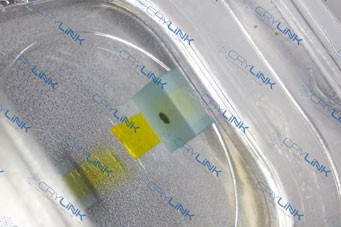
Consideration Factors When Choosing Between the Two
1. Application Requirements: The specific needs of the application, such as required power levels, efficiency needs, and operating conditions, can guide the selection process.
2. Thermal Stability: If the application involves high power and temperature, a material with high thermal conductivity, like Nd:YAG, would be a better choice. For compact, high-efficiency applications, Nd: YVO4 may be preferable.
3. Power Efficiency: For applications where power efficiency is crucial, Nd: YVO4, with its high absorption and emission cross-sections, would be the preferred choice.
4. Cost and Lifespan: The cost of the material and its expected lifespan should also be considered. Despite its lower efficiency, Nd:YAG can offer a longer service life due to its high damage threshold, which may result in lower long-term costs.
Conclusion
In the end, the choice between Nd:YAG and Nd:YVO4 depends primarily on the specific requirements of the application. While Nd:YAG brings thermal resilience and proven performance to the table, Nd:YVO4 offers high power density and efficiency. Understanding these materials’ distinctive strengths and potential limitations is key to unlocking their full potential.
FAQs
- What is the primary difference between Nd:YAG and Nd:YVO4?
- The key difference lies in thermal conductivity and efficiency. Nd:YAG exhibits higher thermal conductivity, while Nd:YVO4 stands out for its efficiency and high power density.
- Can Nd:YVO4 replace Nd:YAG in all applications?
- Not necessarily. Nd:YAG’s robustness and thermal stability make it better suited for high-power, industrial applications. Conversely, Nd:YVO4 excels in compact, high-power scenarios due to its high power density.
- How does the operating wavelength impact the application of these laser crystals?
- Both crystals operate primarily in the infrared spectrum, around 1064 nm. This wavelength facilitates efficient transmission through air and glass, thereby enabling various applications, from medicine to manufacturing and research.
- Are there any significant limitations to using Nd:YAG or Nd:YVO4?
- Every material comes with trade-offs. While Nd:YAG’s lower efficiency might be a drawback in some situations, it compensates with better thermal conductivity. Nd:YVO4, on the other hand, lacks in thermal conductivity but outperforms in efficiency and power density.
- What are the main factors to consider when choosing between Nd:YAG and Nd:YVO4?
- Critical factors include the intended application, required power levels, operating conditions, efficiency needs, and thermal resilience. Understanding the unique properties of each material can guide the selection process.




